Location
The Venue
The XVII DECGE will be held at the Lágymányos Campus of Eötvös Loránd University (ELTE), one of Hungary’s oldest and most prestigious institutions of higher education. Founded in 1635 by Cardinal Péter Pázmány as a Catholic institution, the university was renamed in 1950 after Baron Loránd Eötvös
(1848–1919), a renowned physicist and statesman whose pioneering work on the equivalence of gravitational and inertial mass remains of great scientific significance.
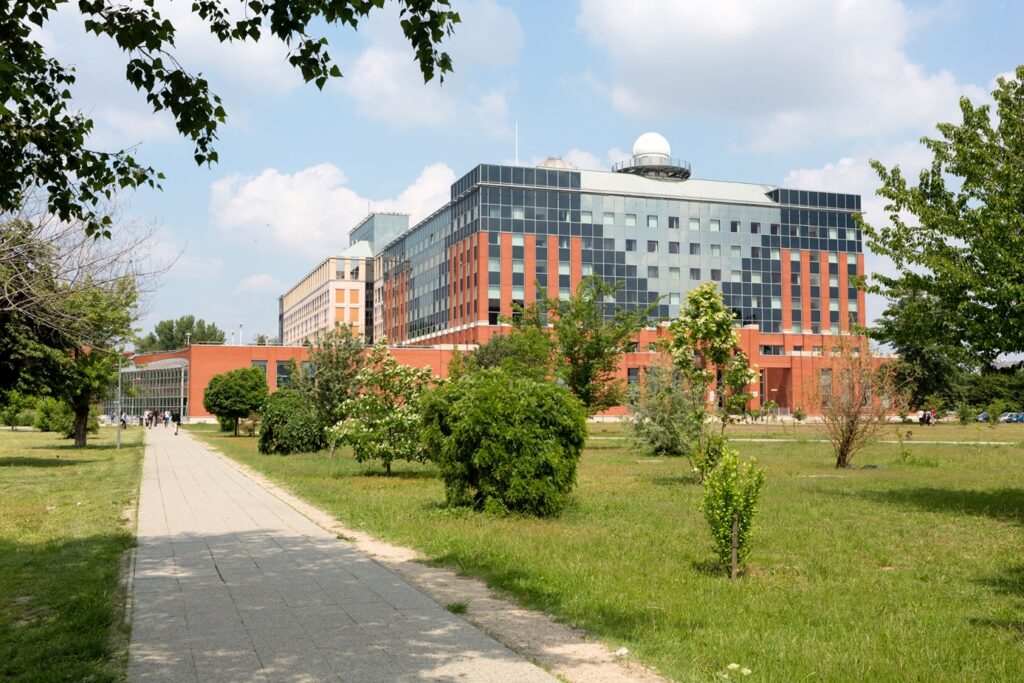
Located on the Buda side of the Danube, between the Petőfi and Rákóczi Bridges, the campus lies just minutes from the city center. Its two striking riverside buildings, a hallmark of Budapest’s skyline, provide a modern and inspiring setting for the conference. The ELTE Convention Centre offers a wide range of rooms for various session formats, well-equipped plenary halls, and excellent exhibition facilities. In fine weather, participants can enjoy the spacious terrace with panoramic views over the Danube and the city’s historic landscape.

The venue is fully accessible for people with disabilities, easily reachable by public transport, and situated in a peaceful riverside park. Key facilities include the Circle Aula (1,100 seats), the Harmony Hall (700 seats), and the Sphere Auditorium, a venue with outstanding acoustics accommodating nearly 1,000 participants.

Special features include the Planetarium — Hungary’s first digital observatory, inaugurated in 2011 — and the ELTE Museum of Natural History, located in the South Building, which houses centuries-old mineralogical, biological, paleontological, and mathematical collections. Several of ELTE’s modern laboratories also operate on the Lágymányos Campus, underlining its role as a leading center of scientific and academic excellence.
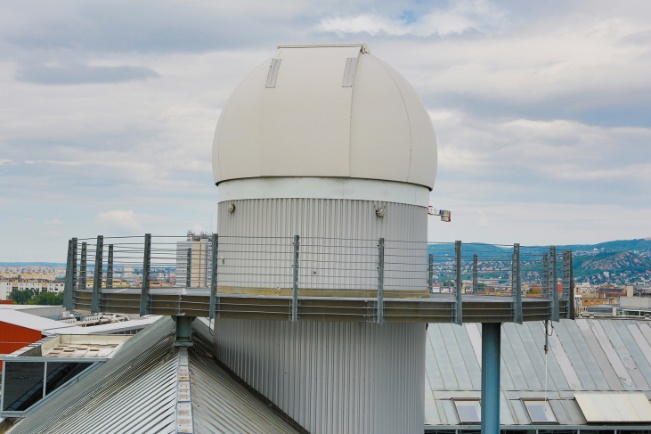
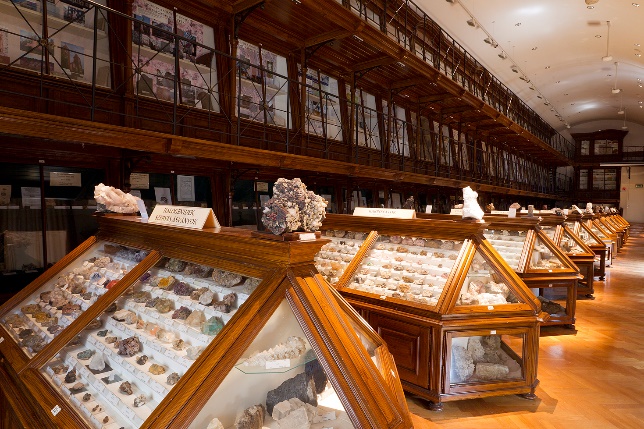
Discover Budapest
With over two million inhabitants, Budapest is Hungary’s capital. The city was formed in 1873 by the unification of Buda, Pest, and Óbuda, though its roots date back to Roman times, when Aquincum (in present-day Óbuda) was the capital of a Roman province. The Danube served as a natural border of the Empire. After the Hungarian conquest around 1000 AD, Buda Castle became the royal residence. Despite Mongol, Turkish, and wartime devastation, Budapest endured.
By the late 19th and early 20th centuries, the city took on its modern form: the historic hills of Buda, the grand Danube waterfront, and the bustling flatlands of Pest together created the “Pearl of the Danube.” Standing at Europe’s crossroads, Budapest has flourished since the fall of communism, offering rich cultural life and elegant shopping alongside its enduring charm.
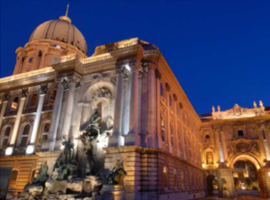
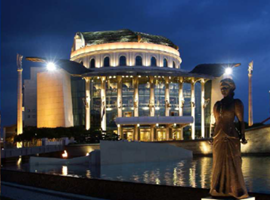
Budapest has preserved the unique charm of its past. Alongside the grand Central Market Hall, each district hosts local farmers’ and street markets, while the city’s vast flea market is a haven for treasure hunters and antique lovers. The twin cities of Buda and Pest, divided by the Danube, reveal layers of history — from Roman ruins and the Gothic Castle District to the Habsburg Citadel and the ornate turn-of-the-century architecture.
Often called the “Paris of the East,” Budapest enchants with its broad boulevards, green parks, Art Nouveau mansions, colourful churches, lively cafés, and world-class music scene. The meandering Danube divides the city, linked by its iconic bridges and timeless elegance.
Hilly Buda falls on the western side of the river. Wander among the sights of its cobbled Castle District perched atop Castle Hill, after a ride on the funicular railway or a winding hillside walk, and have your breath taken away by views at the top. From the Romanesque lookout tower, the Fishermen’s Bastion, there is a superb view over the city and the Danube. Next door is the 13th-century coronation church named Matthias Church. From here, stroll towards the buildings of the ancient Royal Palace, now home of various museums and libraries. From Castle Hill, ride up to Gellért Hill, which also offers a marvellous view of the whole capital. On top, walk around the Habsburg Citadel before continuing to Pest, the bustling downtown with its imposing hotels along the banks of the Danube. This area was rebuilt after the World War II bombardments. Banquet ships, known as „water buses,” make the riverside more colorful.
Flatter Pest is the country’s political and business hub, livelier than its twin across the water. It houses the bulk of the city’s restaurants, bars, and cafés, alongside classy boutiques and striking 19th-century mansions. Stroll tree-lined Andrássy Avenue. Explore the huge Parliament building, home of the Holy Crown, Hungary’s national symbol, and the Basilica, with its exterior dome gallery boasting stunning city views, as well as the endless stalls of the multi-colored Central Market Hall.
Hungary boasts 60,000 thermal-water wells – does any other country sit on such reservoir? The Romans took advantage, and so did the Turks after them. The Széchenyi Bath ranks among the largest spas in Europe, featuring open-air pools, thermal baths, and a brand-new whirlpool. Built in 1876, this striking Neo-Baroque edifice stands in the leafy surroundings of City Park.
Budapest offers beautiful green areas, romantic streets, and world-famous sites to visit. A huge part of Budapest is part of UNESCO’s World Cultural Heritage list: the Buda Castle area, the Banks of the River Danube, the Gellért Bath, the Parliament building, the Hungarian Academy of Sciences, and so many more!
Budapest is famous for its nightlife. The city centre is always buzzing with new bars, cafes, and restaurants. You can find 3 Michelin-starred restaurants in the centre. We have two of the world’s best bars in our capital: A38 Ship was named the best, and Szimpla Kert received third place in a prestigious competition. Many bars have interesting locations in Budapest: formal residential houses give way to the well-known party places, nowadays known as “ruin bars”. During the summer, many open-air discos and terraces are available for the public until morning.
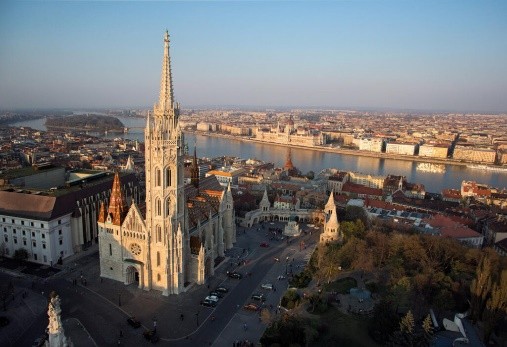
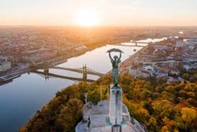
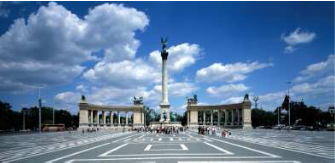
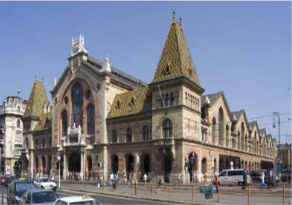
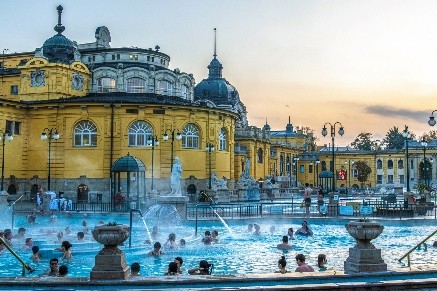
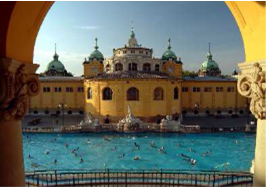
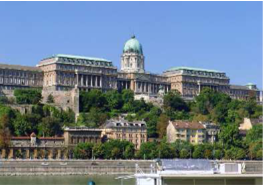
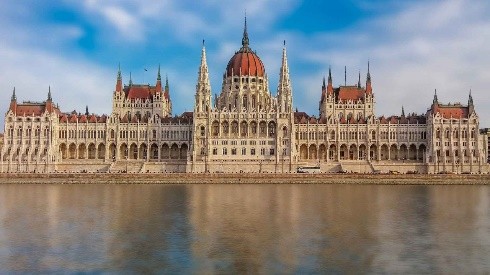
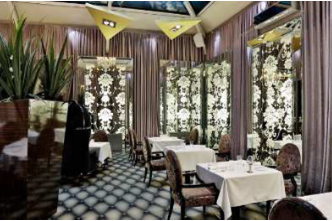
Travel information
Arrival by air
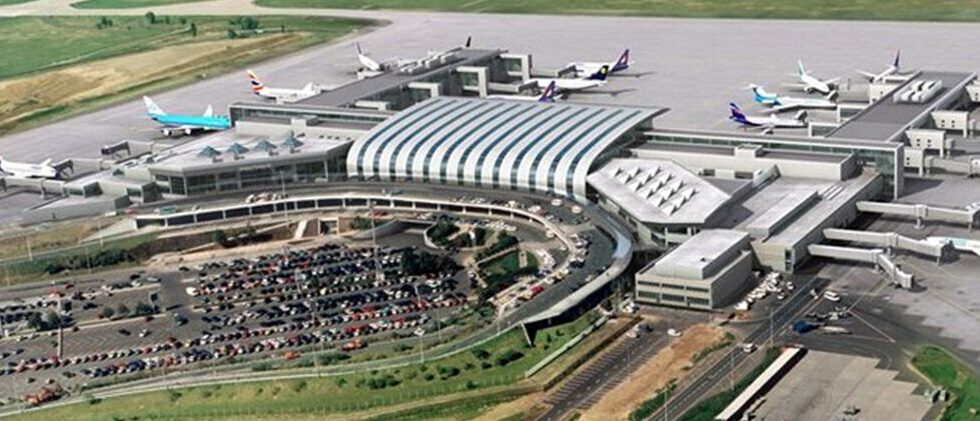
All participants arriving at ‘Liszt Ferenc’ International Airport are advised to take the airport shuttle minibus to their hotels; this is the least expensive and most reliable service. You can find information about the Airport Shuttle Minibus (LRI) service on the following link: https://www.minibud.hu/en
Public transport provides easy access to the city centre from Budapest Airport. The bus stops are located on the arrivals level, between the two terminals.
- 100E Airport Express – Direct link to the city centre. The 100E Airport Express provides a fast, direct, and convenient connection between Liszt Ferenc International Airport and Deák Ferenc Square, in the heart of Budapest. Tickets are available and can be validated directly on board using your bank card via Budapest Pay&GO. The service runs 24/7: every 6–10 minutes during the day, 10–15 minutes in the morning and evening, and 20–40 minutes at night. Main stops: Kálvin tér, Astoria, Deák Ferenc tér. Please note that only the special 100E ticket is valid; other passes or travelcards are not accepted.
- 200E Bus – Regular public transport service. Bus 200E operates between Terminal 2 and Kőbánya-Kispest metro station (M3), with nighttime service extended to Határ út. Regular BKK tickets and passes (including Hungary Pass and Pest County Pass) are accepted, but the 100E ticket is not valid here. At night, connections from Határ út (lines 914, 914A, 950, 950A) provide access to the city centre.
See the following link about the public transportation from the Liszt Ferenc airport: https://bkk.hu/en/travel-information/airport-express/
A high quality and fair passenger carrier service is running at Liszt Ferenc Airport, http://fotaxi.eu/?Language=en#main-menu whose fares are defined and limited by zones. Efficient and simple taxi ordering procedure characterizes this taxi company.
Arrival by train
There are 3 major international railway stations in Budapest (Déli pu., Keleti pu. and Nyugati pu.), located in the city centre and within easy reach of the hotels or the Congress Center either by public transport or by taxi. See the following link about railway services: (https://www.mavcsoport.hu/en)
Arrival by car
Budapest can be reached by car on motorways M1, M3, M5 and M7. Drivers should be aware that there is a zero tolerance of blood alcohol level while driving in Hungary. Parking is available at an open air parking area at the congress venue free of charge. Parking in the city centre is subject to fees.
Local transportation in Budapest
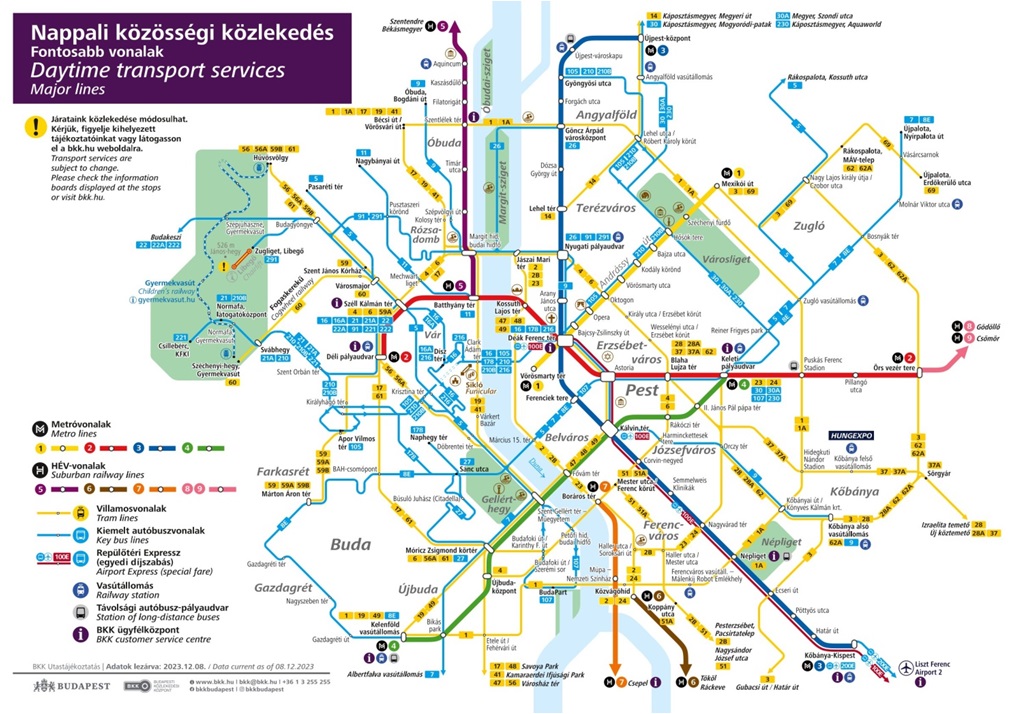
Public transport in the city is well organized. Tickets must be purchased in advance at metro stations or tobacco shops. Whenever you change vehicle, validate a new ticket. One-day, three-day and weekly travel cards allowing free travel on all means of transportation within the administrative boundary of Budapest can be bought at each metro station.
EU citizens over 65 years are allowed to travel for free on the vehicles of the public transport.
Taxis
We suggest that you use only taxis equipped with a taximeter. Beware of private cabs, especially those without a taximeter. It is customary to give a tip of 10% over the amount of the bill at restaurants and in taxis.
Currency, exchange, credit cards
The official currency in Hungary is the Hungarian Forint (HUF). Exchange facilities are offered to participants at the airport, in hotels, at the exchange desk of the banks at around the daily rate indicated by the Hungarian National Bank. American Express, Visa, Diners, Eurocard, Master Card and JCB Card are accepted in hotels, restaurants and city stores, but you should ask or look for the logo before ordering a service. Money can be withdrawn from ATMs.
Insurance
The Organizing Committee can not assume responsibility for injuries or losses occurring to persons or personal belongings during the conference. Participants are therefore advised to travel with a valid insurance package.
Accomodation
There is a wide range of hotels in Budapest across all categories, including affordable options for students. A selection of hotels located within convenient distance of the conference venue will be recommended for participants.
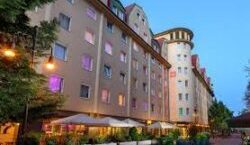
H-1094 Budapest, Tompa u. 30-34.
Walk: 1.7 km, 25 min
Public transport: 17 min
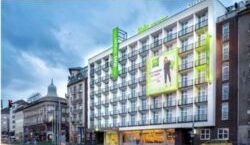
H-1095 Budapest, Soroksári út 12
Walk: 1.3 km, 20 min
Public transport: 10 min
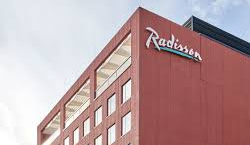
Dombóváriút 25A, H-1117, Budapest
Walk: 1.3 km, 20 min
Public transport: 10 min
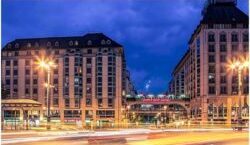
Kecskeméti utca 14. 1053 Budapest
Walk: 2,3 km 25 min
Public transport: 25 min
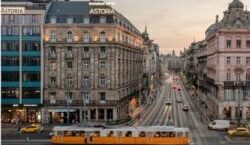
Kossuth Lajos u. 19-21, 1053 Budapest
Walk: 2,8 km, 39 min
Public Transport: 25 min
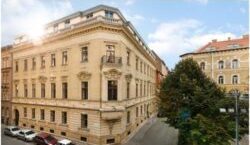
Lőrinc pap tér 2. 1088 Budapest
Walk: 2,3 km, 34 min
Public transport: 17 min